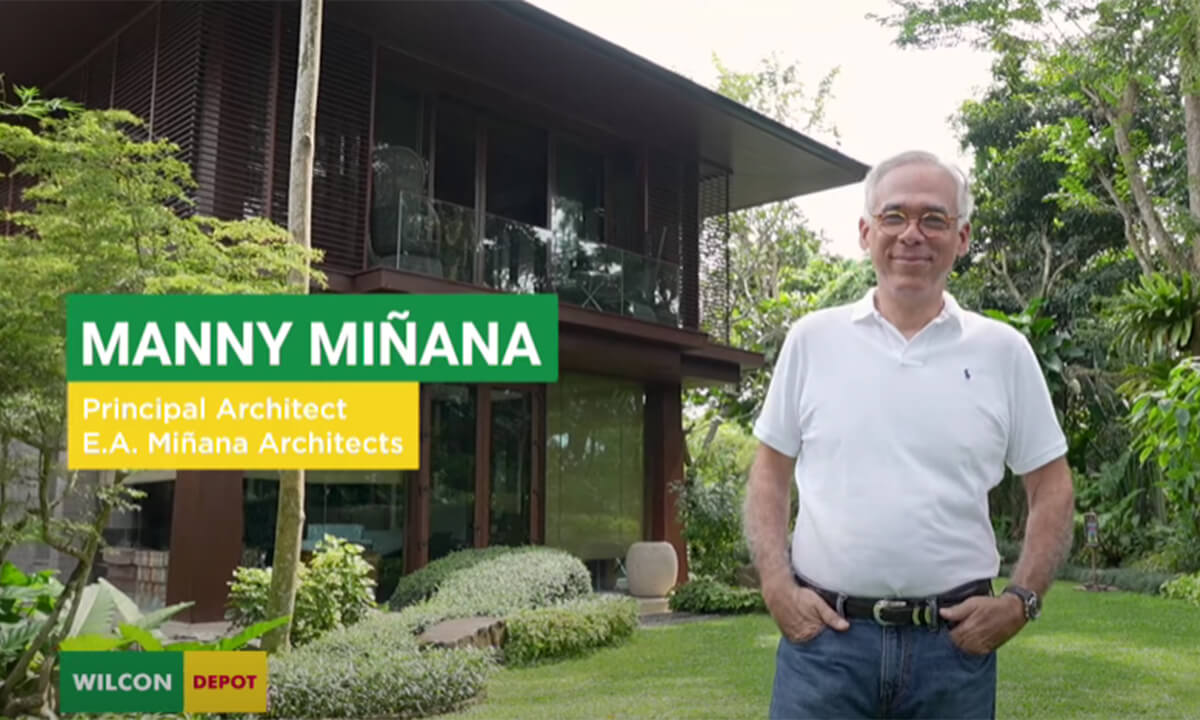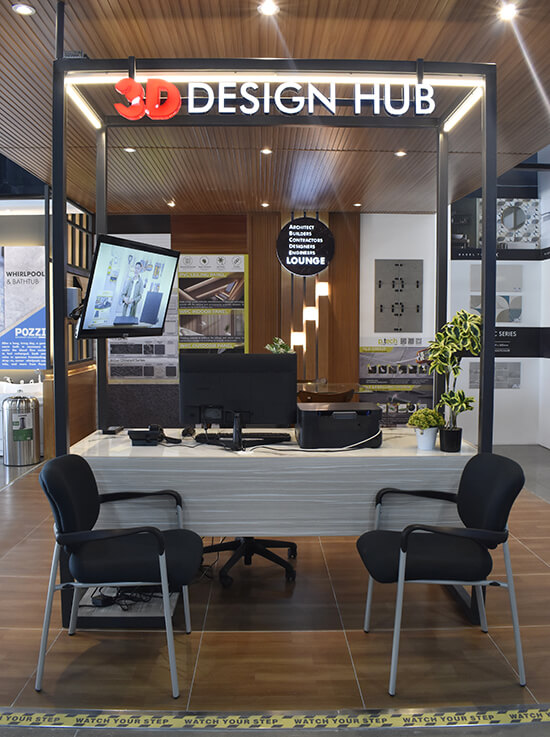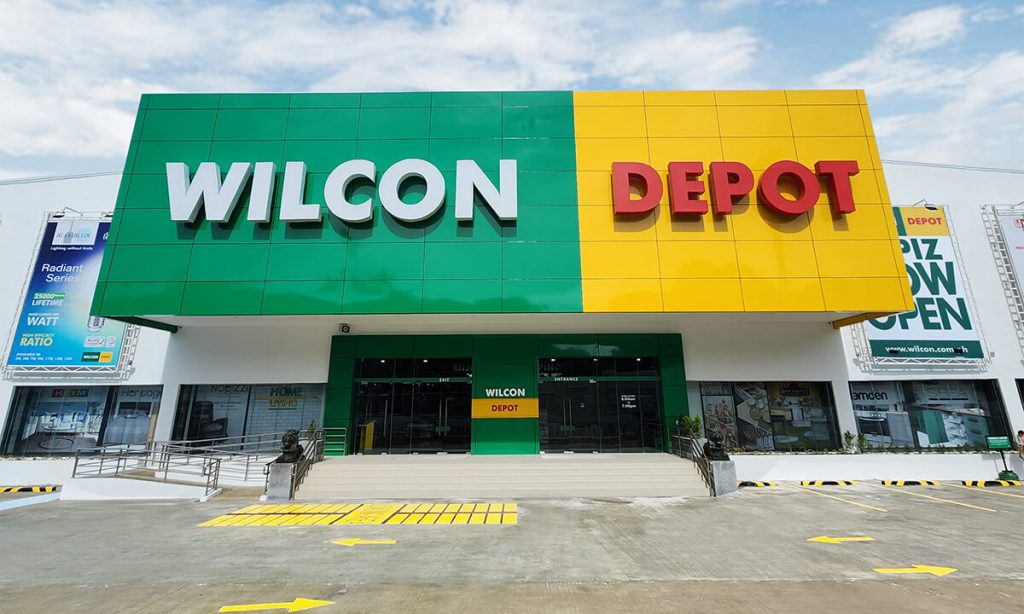Many would like to live in the middle of the metropolis for several reasons. Accessibility, convenience, modern amenities are just some of the primary reasons for staying in the city instead of settling in the suburbs.
But there are tradeoffs. City life can deprive you of the chance to “breathe” in your own domicile. In a place where air pollution levels are high, some homes make it difficult for its residents to maintain the right indoor air quality. Proper home ventilation means getting rid of toxic indoor pollutants including dust and gases. There should always be an effort to maintain the critical balance between energy efficiency and proper moisture levels.
Homes that breathe
The importance of proper ventilation was highlighted during the pandemic. People were peppered by numerous health bulletins urging them to ensure ventilation in their homes. This was to reduce airborne contaminants even if it was never really proven that Covid-19 could spread through the air we breathed. What was crystal clear was that good ventilation could help prevent the spread of the pandemic by removing virus particles before they land on surfaces.

So even with the advent of vaccines and people managing the health scare, the lessons learned still hold true. In the first edition of the Do It with Wilcon book, Arch. Emmanuel Miñana shares this nugget of wisdom, “if the house must breathe, the classical way is to have passive cooling. With wind directions, you want to be able to locate the openings such that the house allows for the various trade winds to cross the north, east, south, west.”
Light and shade
Circulation is key in sustainability. But there is more to building sustainable structures than merely maintaining indoor air quality. Architect Miñana espouses the proper use of cool light. He stresses, “You always want the house to be naturally lit up. In the olden days, they would have caves, and people would live in caves, and it would be cool because of the mud and the rock that protected them. So with natural lighting, I try to orient the home where there is cool light.”
Miñana also enumerated the rooms that would benefit from the use of cool light. These include the living room, the so-called “social spaces”, gathering spaces, the dining room, the private spaces and even the kitchen.
Healing homes
I was more than convinced that homes need to “breathe”. But I was even more struck by Architect Miñana’s fervor to design homes that “heal”.

He associates this thrust with biophilic design. He has been sharing this knowledge through workshops about designing homes that heal and how to reduce or totally eradicate toxic energies and materials that are pervasive in the construction industry. Miñana adds, “toxic materials such as glue, plywood and concrete may create residual toxicity in your living space, right? With the heat, glue can melt, you inhale the vapor, and that’s carcinogenic.”
He goes on to say that our first home is our body, and we have energy centers in our body that we need to address when we build. “I try to put zones to represent the different needs and facets of a human being and how the human organism can be sustained, supported and nurtured in a home. The word is sustain,” he enthuses.
Wilcon Depot has been riding high on a sustainability fervor for several years now. It welcomes and supports the different pursuits of today’s builders by making sure that the products they’re searching for are available in its premium line of products. The Design Hub can also assist clients who want cost-efficient products to ensure sustainability in their homes.
Road to 100

Wilcon recently opened its 96th big store which is located in Capiz. We are proud of this not only because it emphasizes that we are just 4 stores away from our century mark, but also because all our stores clearly express our commitment to provide excellence, level up the customer experience and promote sustainability. We are delighted and honored to be a partner in a community’s rapid development. Our almost 50-year journey is a phenomenon of service and growth with our clients, LGUs and business partners. It has been one challenging and exciting ride from our humble beginnings as a 60-square meter shop along Quezon Avenue. And the best part is – there are more wonderful sustainable news to come.
I invite you to learn more of Architect Miñana’s views on sustainability in design in the Do It with Wilcon book which will be available at Wilcon Depot stores soon.
Architect Emmanuel Miñana is a renowned figure in the Philippines architectural industry. He has an illustrious career marked by groundbreaking designs and sustainable practices. Educated at prestigious institutions, he has bagged numerous accolades for his innovative contribution to modern architecture. Miñana was the first recipient of the Beacon Seal of Excellence award from the United Architects of the Philippines (UAP). His fascination in design and furthering career opted for him to establish a physical outlet, Emmanuel A. Miñana Architects which was founded in 1990. Miñana has a wide and rich portfolio of projects such as residential, corporate, commercial, religious, and institutional spaces located in Bali, Indonesia, Hong Kong, China, Kuantan, Malaysia, Lake Como, Italy, Philippines, and Riyadh, Saudi Arabia. With a career dedicated to pushing the boundaries of design and architecture, Architect Miñana continues to influence and inspire the next generation of architects.
